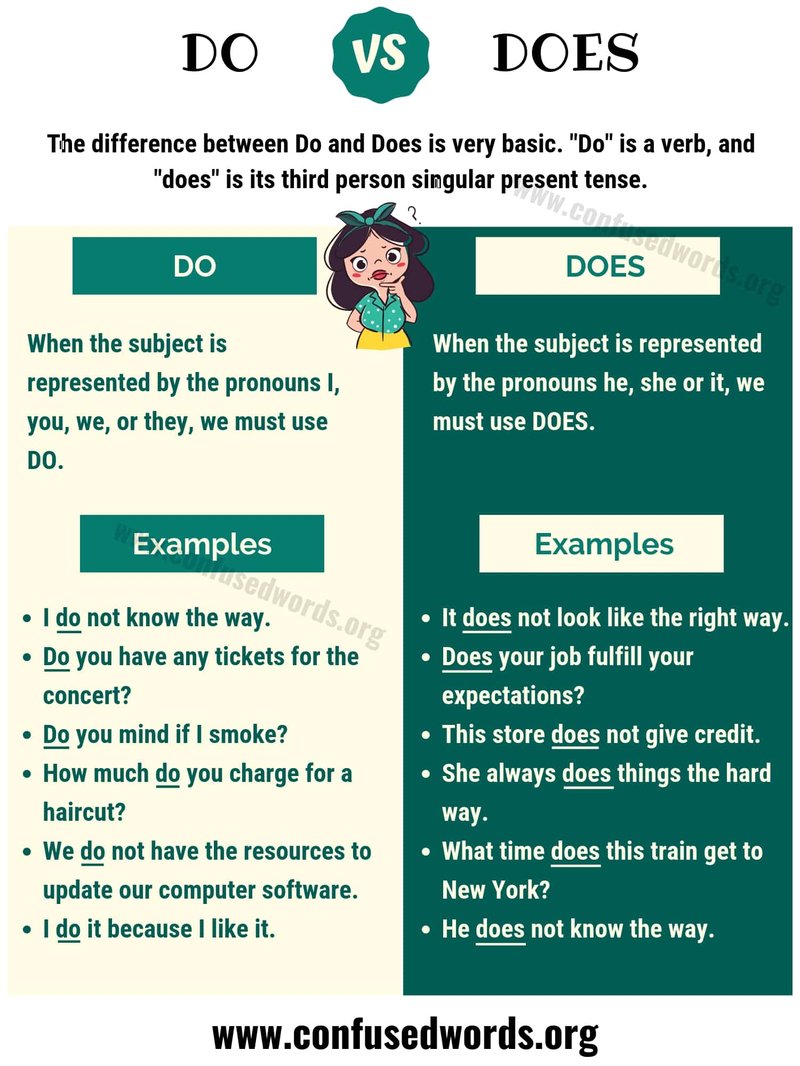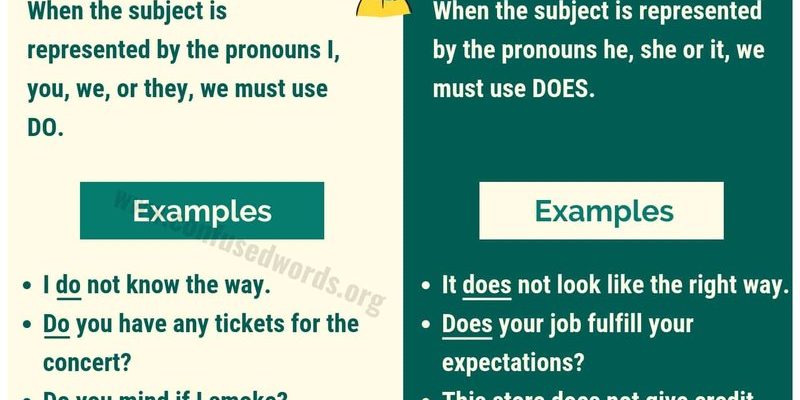
Error codes are your washing machine’s way of communicating that something needs attention. Think of it as your appliance’s SOS signal saying, “Hey, something’s not quite right here.” When you see the E2 code, it generally means there’s an issue with the machine’s draining process. Simply put, your washing machine is having trouble getting rid of the water after washing your clothes. It’s like trying to empty a bathtub while the plug is still in — not much is going to happen!
Understanding the E2 Error Code
The E2 error code is specifically related to drainage problems within your Whirlpool washing machine. Imagine your washing machine trying to work through a cycle but being unable to finish because it can’t get rid of the water. That’s essentially what’s happening. This error usually appears when the machine detects that water is not draining as it should, which might lead you to wonder why this problem occurs in the first place.
Typically, an E2 error could be caused by a few common culprits. First off, a clogged drain hose might be to blame. If bits of fabric or even small items get stuck in there, water can’t pass through easily. It’s much like trying to suck a thick milkshake through a skinny straw—it’s a real struggle! Alternatively, the issue might be linked to the pump filter being blocked. As your washing machine ages, debris can build up, making it difficult for water to flow smoothly. Think of it like your vacuum filter getting clogged with dust and dirt over time.
The error could also be triggered by a faulty drain pump. If the pump isn’t working properly, it won’t be able to push water out of the machine. Imagine it like a heart that’s too weak to pump blood effectively — not much is going to get done! Lastly, an incorrect installation could also lead to drainage issues. If the machine is not set up right, water might not drain as it’s supposed to. But don’t panic — these problems are usually fixable with a bit of investigation and some elbow grease.
How to Troubleshoot and Fix the Error Code E2
So, how do you go about fixing this pesky E2 error? First things first, let’s check the basics. You’ll want to inspect the drain hose for any kinks or clogs. Disconnect it from both ends and see if there’s anything obstructing the flow. If you find any build-up, give it a thorough cleaning. In some cases, simply rearranging the hose to prevent kinks can solve the problem — much like unknotting a garden hose that wasn’t letting water pass through.
Next, take a look at the pump filter. To access it, you might need to remove a panel on the front of your washing machine, which usually involves unscrewing a few screws. It’s typically located at the bottom, and once you’ve found it, gently unscrew the filter cap. You might find all sorts of things in there — coins, buttons, or bits of fabric — anything that might block the water flow. Clean it out well and screw the cap back on securely.
If those steps don’t resolve the issue, the problem might lie with the drain pump itself. This isn’t as easy to fix but can be worth checking if you’re comfortable handling more involved repairs. Ensure the pump is receiving power and listen for any unusual noises when the machine tries to drain. If the pump is broken, you might need a replacement. In such cases, it might be worth calling in a professional if you’re unsure about proceeding on your own.
Preventing Future E2 Errors
Now, wouldn’t it be great if you didn’t have to deal with this kind of issue again? Preventative care for your washing machine can go a long way in staving off future E2 errors. A little maintenance here and there can keep things running smoothly. Make it a habit to regularly check and clean your machine’s components, like the drain hose and pump filter. It’s akin to giving your car regular oil changes to keep it running well.
Additionally, be mindful of what you’re putting into your wash. Ensure that pockets are emptied and use a laundry bag for smaller items like socks or baby clothes. This can prevent foreign objects from clogging things up, much like using a strainer to keep pasta from blocking your kitchen sink. Also, every few months, run an empty wash cycle with a bit of vinegar. This can help break down any residue and keep the inner workings of your machine clean.
If you’re ever unsure about something, remember that seeking professional help from an appliance technician is always a safe bet. They can provide insights and services that might be beyond the typical DIY fix. By staying proactive and keeping up with regular maintenance, you can help ensure that your Whirlpool washing machine remains a reliable appliance in your laundry routine for years to come.
